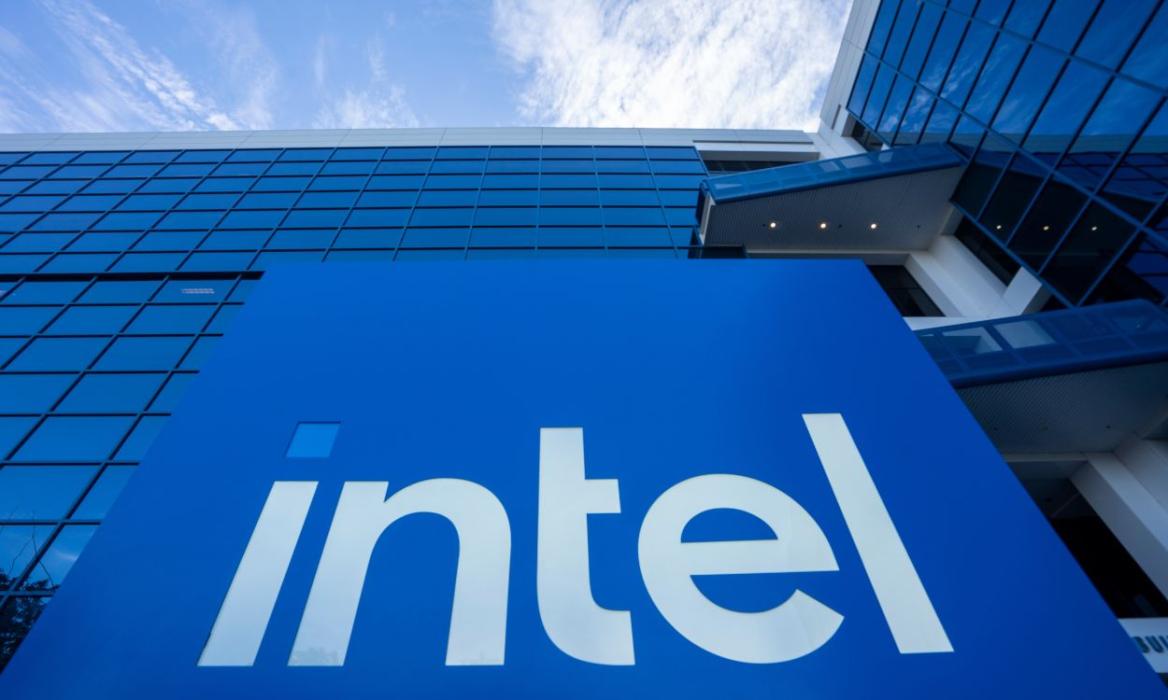
- Intel is making its own AI frame generation technology, known as ExtraSS. It is in the development phase for now.
- Intel ExtraSS demo was performed on Nvidia RTX 3090, so it is expected to be open source and available for all.
- It relies on frame extrapolation rather than interpolation. Interpolation is used by FSR 3 & DLSS 3.
Intel ExtraSS is coming. This will be the company’s official AI Frame Generation technology. Upon release, we expect it to compete with Nvidia’s DLSS 3 & AMD’s FSR 3. Both of these GPU manufacturers have already brought AI-based performance improvements for today’s latest PC games. Intel, too, has its own XeSS upscaling, which it first introduced with Arc Graphics.
It competes with DLSS & FSR, and they all work similarly to promote image quality. However, frame generation tech is not available from Intel at this time. This is expected to change soon because Intel has recently demo-ed its new technology at SISSGRAPH Asia 2023. According to the presentation, Intel ExtraSS will be a new tech for ‘frame extrapolation.’ ExtraSS will work alongside Intel XeSS.
What is Intel ExtraSS & How Does It Work?
Intel ExtraSS has been described to work similarly to the latest renditions of DLSS & FSR. The research paper states, “We introduce ExtraSS, a novel framework that combines spatial supersampling and frame extrapolation to enhance real-time rendering performance.”
Like DLSS 3/FSR 3, turning on Intel’s ExtraSS would result in image upscaling (through XeSS) & frame generation features being turned on simultaneously.
If you didn’t know, the concept of ‘Frame Generation‘ (whether it is from Nvidia, AMD, or Intel) basically involves using the existing information and using that to create artificially generated new frames through AI.
If your average FPS is 50–60, then these frame generation features can double the performance. The result is your in-game FPS jumping to over 100-120.
Frame extrapolation & interpolation are both ways through which frame generation (FG) can be achieved. Nvidia DLSS 3 and AMD FSR 3 both use frame interpolation. Hence, it is quite interesting that Intel is using extrapolation instead.
Intel is going this route with a plan in mind. The research paper does talk about interpolation vs. extrapolation, stating that extrapolation has ‘less latency‘ but has trouble in certain areas due to ‘lacking information from input frames.’
To solve this, Intel is proposing a method through which it hopes to achieve ‘better qualities to the previous frame generation methods and less latency.’ If Intel succeeds, it could mean its AI frame generation technology will work even better than current interpolation-based FG technologies. The best part is that ExtraSS is hardware agnostic, which means it will work with GPUS from Nvidia and AMD, too.
Why Intel ExtraSS AI Frame Generation Will Be A Big Deal!
Intel has tested this on an Nvidia RTX 3090 GPU. So, just like FSR 3, it can be expected that Intel will make its ExtraSS frame generation technology open-source. That would be a major win for all gamers! Currently, DLSS 3 frame generation is exclusive to the RTX 40 Series. AMD’s tech is open source, and Intel consistently having the same vision is great to hear.
We expect that ExtraSS will require a somewhat modern GPU to work. When it comes out, we could expect its minimum requirements to be Nvidia RTX 30 Series, AMD RX 6000 series, and Intel’s Arc graphics cards.
However, this is pure speculation because ExtraSS has not been implemented in to an actual game yet. The feature is still in development. The best thing that Intel could do with ExtraSS is enable it on the Core Ultra CPUs that are present on the newest Meteor Lake laptops.
These new 14th Gen CPUs have Intel Arc Integrated Graphics, and of course XeSS is a supported technology. With the addition of ExtraSS, gaming on generally performant laptops (without high-end GPUs) could become quite impressive. After this development, I am definitely even more excited for the future of Intel Arc graphics.
What are your thoughts on Intel ExtraSS? Do you think Intel’s latest computer graphics innovations could propel the company into the same league as other GPU manufacturers? Let us know in the comments below!